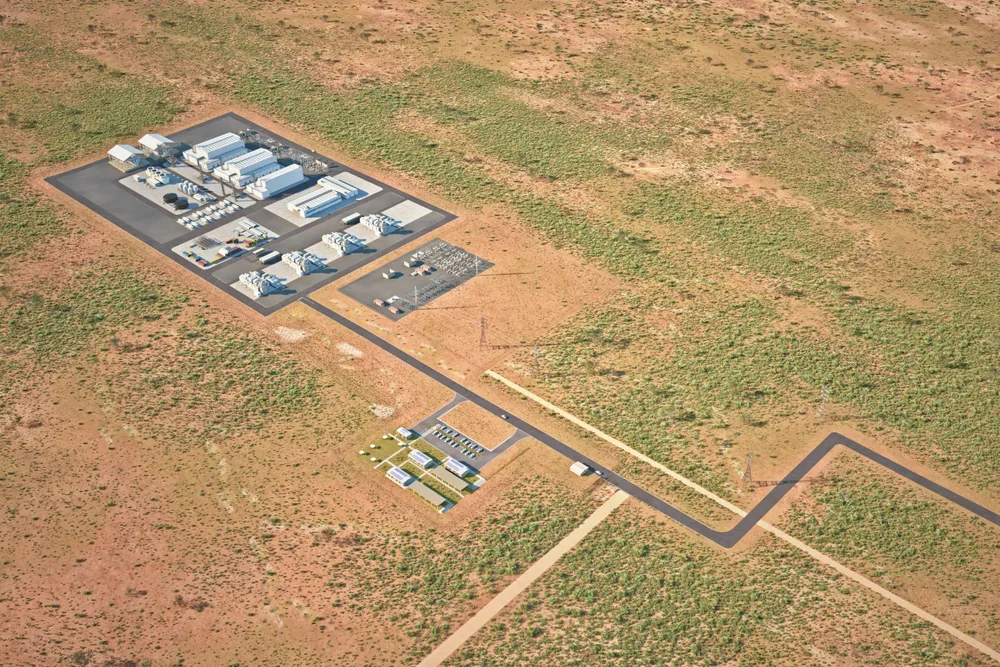South Australia picks developers for hydrogen project backed by more than half a billion in subsidies
The Whyalla Hydrogen Jobs Plan will provide $593m towards 250MW of electrolysers and a 200MW H2 power plant

The Whyalla Hydrogen Jobs Plan will provide $593m towards 250MW of electrolysers and a 200MW H2 power plant
